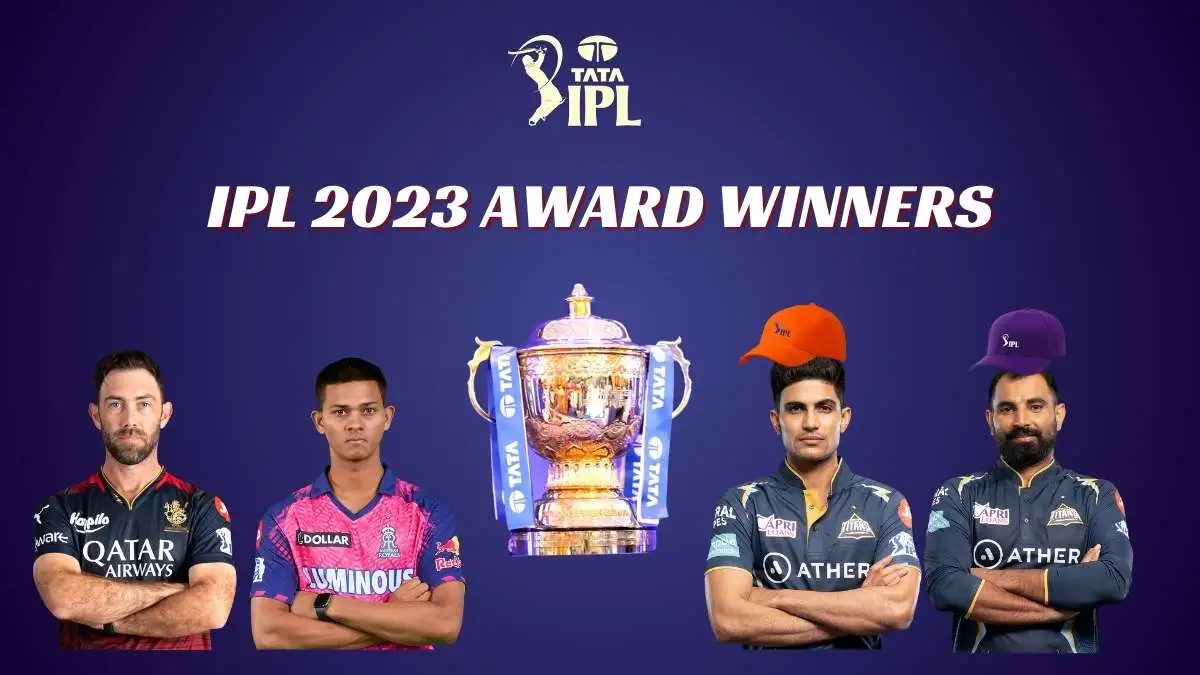In the realm of cricket, the role of pinch hitters has emerged as a significant strategic component. Pinch hitting refers to the tactical decision to send an aggressive batsman higher up in the batting order to maximize scoring opportunities within a limited timeframe.
This article aims to explore the significance of pinch hitters in cricket, examining their impact on the game and highlighting notable individuals who have excelled in this role.
Additionally, strategies and techniques for successful pinch hitting will be analyzed, providing valuable insights into this specialized aspect of the sport.
- Pinch hitters in cricket are substitute lower-order batsmen who bring a more aggressive approach to scoring quick runs and maintaining or increasing the run rate.
- They have a unique role in the game, with different batting styles and approaches compared to traditional batsmen.
- Pinch hitters disrupt the rhythm of opposing bowlers, put pressure on them to alter their strategies, and create opportunities for other batsmen.
- They play a vital role in limited-overs formats, where scoring at a brisk pace is crucial, and they help the team achieve victory by scoring quick runs without disrupting the flow or rhythm of the innings.
Role of Pinch Hitters in Cricket
The role of pinch hitters in cricket involves substituting a lower-order batsman with a more aggressive and experienced player in order to score quick runs and maintain or increase the team’s run rate. Pinch hitters are game-changing players who can have a significant impact on team dynamics.
They bring a different skill set to the game, which often includes powerful hitting abilities and the ability to take calculated risks.
The introduction of pinch hitters into the batting lineup can change the momentum of a match by putting pressure on the opposition bowlers.
Pinch hitters are known for their ability to score runs quickly, often through big shots that clear boundaries. Their aggressive approach can put the opposition under immense pressure, forcing them to alter their bowling strategies and field placements.
This not only helps in scoring quick runs but also disrupts the rhythm of opposing bowlers, leading to potential mistakes and opportunities for other batsmen.
Moreover, pinch hitters play an essential role in maintaining or increasing the team’s run rate during crucial phases of a match.
In limited-overs formats such as Twenty20 (T20) cricket, where scoring at a brisk pace is vital, these players become even more significant.
By taking risks early on and playing attacking strokes from the outset, they aim to provide impetus to their team’s innings and build partnerships with top-order batsmen.
Impact of Pinch Hitters on the Game
One of the factors that impact the game is the utilization of specialized players to replace a batsman in certain situations. These specialized players are known as pinch hitters, and they have a unique role in cricket.
Pinch hitters are different from traditional batsmen in terms of their batting styles and approach to the game. They are often selected for their ability to score quickly and aggressively, aiming to increase the scoring rate or chase down targets within limited overs.
They possess powerful hitting techniques and focus on taking calculated risks rather than playing safe shots. In contrast, traditional batsmen tend to play more defensively, building innings and ensuring stability.
The concept of pinch hitting has evolved over time in modern cricket. Initially, it was considered a risky strategy due to the pressure on pinch hitters to perform immediately after joining the crease.
However, with changing approaches towards limited-overs cricket, teams now rely on pinch hitters who adopt a more calculated aggression approach.
In conclusion, the impact of pinch hitters on cricket cannot be overlooked. Their style of batting differs significantly from traditional batsmen, as they aim for quick runs through calculated aggression rather than cautious accumulation.
This evolution in batting strategies has added an exciting dimension to modern-day cricket. Transitioning into the subsequent section about notable pinch hitters in cricket history…
Notable Pinch Hitters in Cricket History
Notable players who have specialized in quickly scoring runs and adopting an aggressive approach have played a significant role in the evolution of batting strategies in limited-overs formats.
In the Indian Premier League (IPL), several pinch hitters have made their mark with their ability to score quick runs and change the course of a match.
One such player is Yusuf Pathan, known for his explosive hitting and capability to turn matches around single-handedly.
His unbeaten 37-ball century against Mumbai Indians in 2010 remains one of the most memorable pinch-hitting moments in IPL history.
Another notable pinch hitter is Chris Gayle, whose destructive batting style has earned him the reputation of being one of the most feared batsmen in T20 cricket.
His incredible knock of 175 off just 66 balls for Royal Challengers Bangalore against Pune Warriors India in 2013 showcased his immense power-hitting abilities.
These remarkable performances by notable pinch hitters highlight their impact on changing the momentum of a game and providing thrilling moments for fans.
The success achieved by these players has led teams to adopt specific strategies when utilizing a pinch hitter effectively.
Understanding these strategies and techniques for successful pinch hitting can significantly enhance a team’s chances of achieving victory without disrupting the flow or rhythm of their innings.
Strategies and Techniques for Successful Pinch Hitting
Strategies and techniques for successful pinch hitting involve careful analysis of the game situation, identification of scoring opportunities, and the ability to execute aggressive strokes with precision.
Pinch hitting is a strategic move employed in cricket when a specialized batsman is substituted to maximize scoring potential during crucial moments of a match.
One key strategy involves assessing the state of the game, including factors such as run rate, remaining overs, and wicket count. This analysis helps determine whether an aggressive approach or cautious play is necessary.
Additionally, identifying scoring opportunities is essential for effective pinch hitting. This requires keen observation of field placements, gaps in the fielding positions, and weaknesses in the bowling attack.
By exploiting these opportunities, pinch hitters can quickly accumulate runs and shift momentum in their team’s favor.
Techniques play a vital role in successful pinch hitting as well. The ability to execute aggressive strokes with precision is crucial for maximizing scoring potential.
Pinch hitters must possess excellent hand-eye coordination, timing, and power to hit boundaries consistently without taking unnecessary risks that could result in getting dismissed.
They should be adept at playing innovative shots like scoops or ramps to surprise bowlers and fielders.
Final Swing: The Pinch Hitter’s Decisive Moment
In the game of cricket, pinch hitters play a crucial role in changing the dynamics of a match. Their main objective is to score quick runs and provide momentum to their team.
Pinch hitters have had a significant impact on the game by altering its course and turning matches in favor of their teams.
Throughout history, notable pinch hitters have showcased their skills and contributed towards memorable victories. Successful pinch hitting requires strategic planning and effective techniques to maximize scoring opportunities.
In conclusion, pinch hitters are instrumental in cricket with their ability to dramatically shift the game’s momentum and turn tides in favor of their team, making them indispensable assets on the field.
Frequently Asked Questions: Pinch Hitter
What is the origin of the term "pinch hitter" in cricket?
The term 'pinch hitter' in cricket originated from baseball and was adopted to describe a substitute batsman who comes in to bat when the team is in a difficult situation. Pinch hitters have had a significant impact on the game, providing quick runs and changing the momentum of matches.
How do teams decide when to use a pinch hitter in a cricket match?
Teams decide to use a pinch hitter in a cricket match based on various factors such as the match situation, required run rate, and player's batting ability. Pinch hitter strategies vary across different cricket formats and draw inspiration from the use of pinch hitters in other sports.
Are there any specific rules or restrictions for pinch hitters in cricket?
Pinch hitter strategies in cricket involve the strategic substitution of a specialized batsman to maximize scoring opportunities. The presence of pinch hitters can significantly impact team dynamics by injecting aggression and altering batting order composition. Various rules and restrictions apply, such as limitations on the number of overs a pinch hitter can bat or fielding restrictions during powerplays.
Can a pinch hitter be replaced by another player during the course of a match?
Pinch hitters in cricket can be replaced by another player during the course of a match. This substitution allows teams to adapt their batting strategy, ensuring flexibility and potentially maximizing the impact of pinch hitters on the game.
Are there any famous instances of pinch hitters changing the outcome of a cricket match?
Famous instances of pinch hitters changing the outcome of a cricket match are well-documented. The importance of pinch hitters lies in their ability to employ strategic techniques such as aggressive batting, exploiting field placements, and destabilizing opposition bowlers.











